Process Art Provides Many Learning Opportunities in Shandra Patton's PreK Classroom
Focusing on the process allows students to construct and share knowledge meaningfully and develop many cognitive, physical, and social-emotional skills.

Step into Shandra Patton’s pre-K classroom at Augusta Lewis Troup School in New Haven, and several things become immediately clear, just by observing the physical space:
- Children, their interests, and their needs, are the center of the classroom, rather than the teacher;
- learning is viewed as a process, not an end product; and
- art is one of the primary means through which Shandra’s students are constructing and sharing knowledge.
Although these messages are communicated clearly in many aspects of the classroom – from the materials offered to children to the way the space is arranged – nowhere is it more evident than in the children’s artwork displayed around the room.
For those of us who, through our own upbringing or training, have come to understand art as a final product, we may expect for art to look a certain way: recognizable shapes and forms. So often, this means that young children are shown a sample piece of art and instructed to make a copy to the best of their abilities. Not too long ago, Shandra says, her own classroom more often featured artwork that all looked the same, or had slight variations depending on the child’s ability. Now it looks like this:
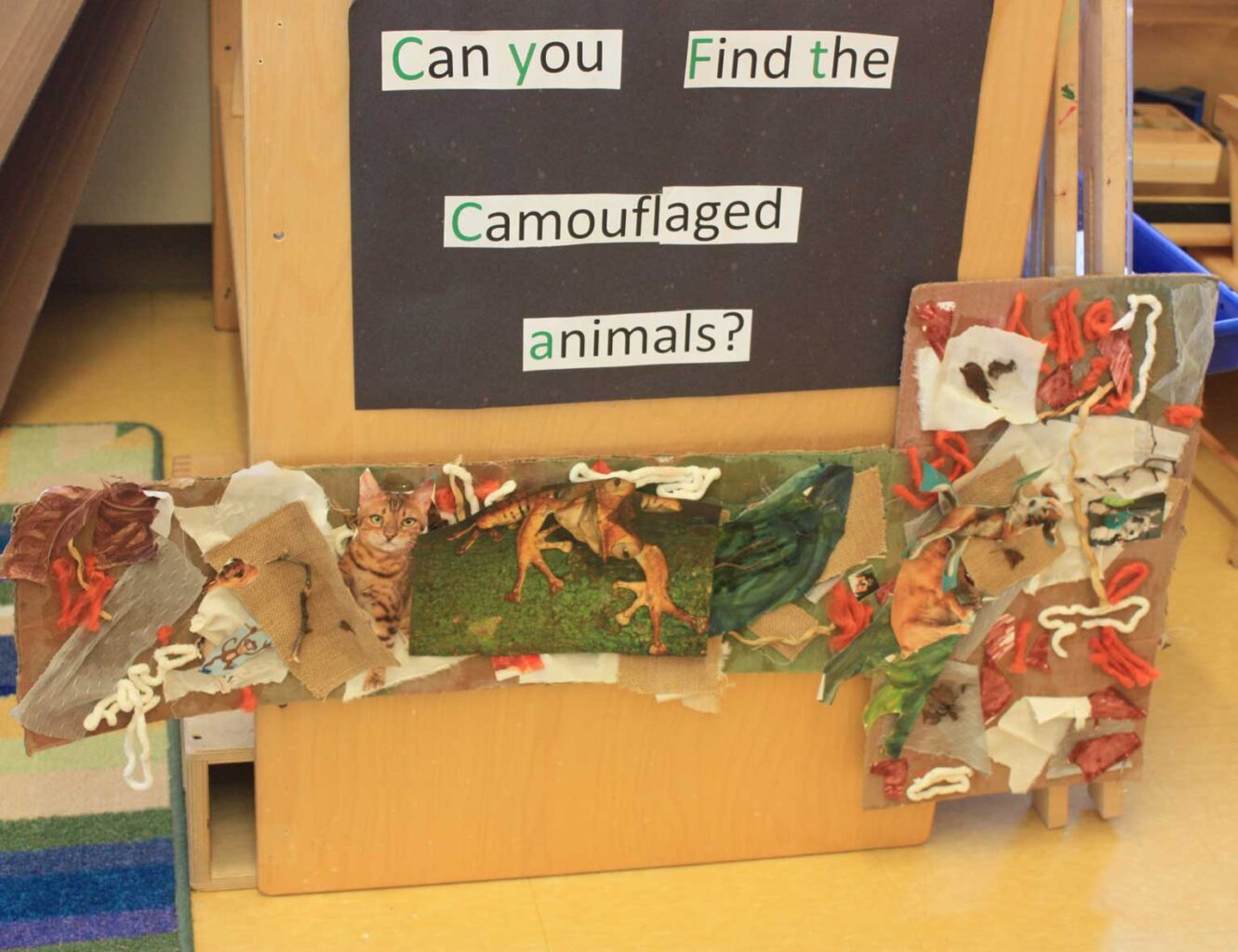
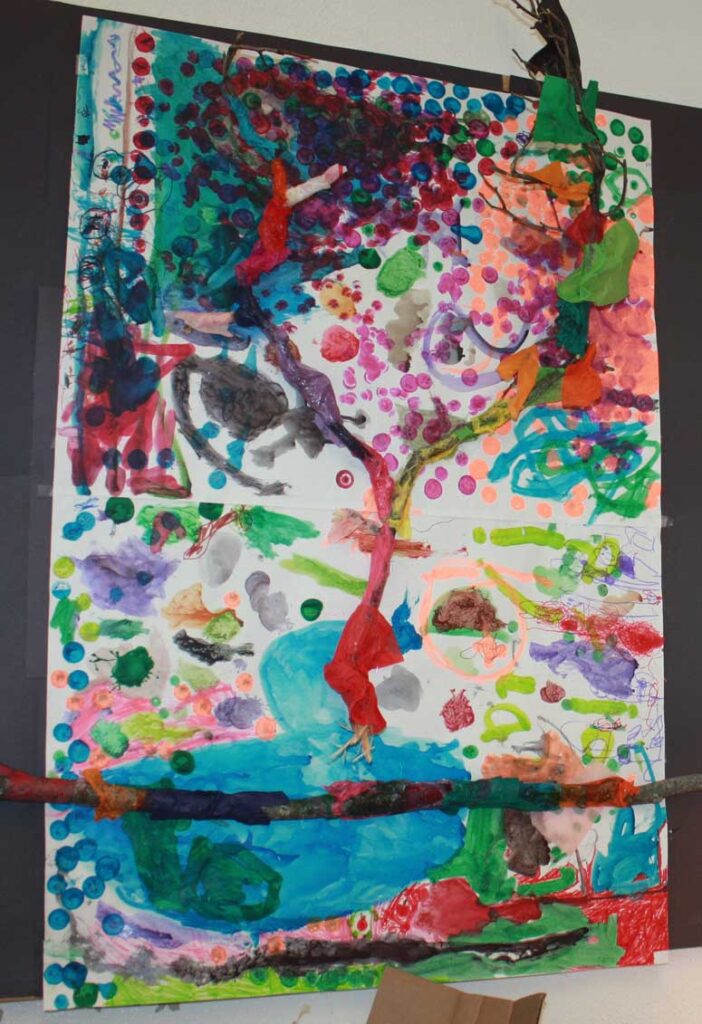
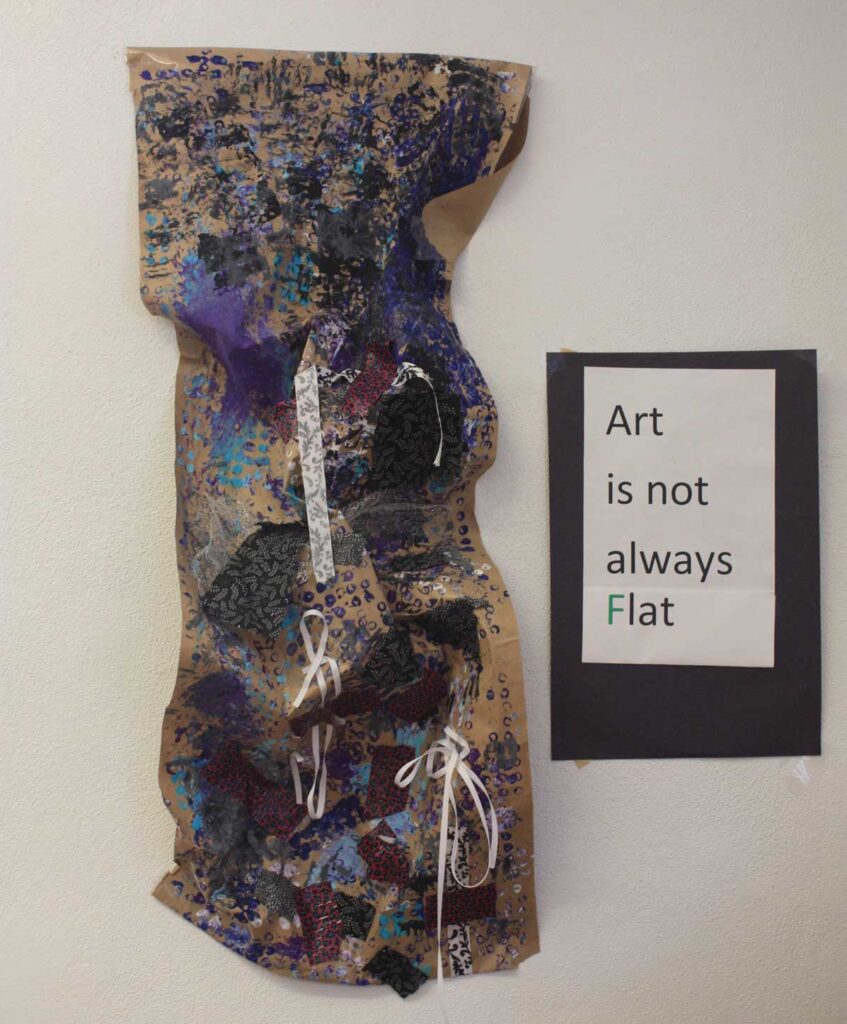
Start with inspiration from materials, techniques, a book—or student interests.
Rather than starting with an end product and expecting the children to replicate it, Shandra starts with an inspiration from materials, a book, art techniques or from children in her classroom. The class’s interest layered art began when a little girl took down her art that was being displayed and started putting a new medium on it. Over the next few weeks, Shandra and the children were inspired to explore this technique further by layering drawings with tempera paint, paint dots, tissue paper, sticks, remnants from woven baskets, pinecones, cloth, tape, or any material that could be transformed. Shandra will often offer the children materials and simply ask them, “What can we do with these?” The children take it from there, and the art becomes theirs.
Process art allows for meaningful learning and is accessible for children of different developmental stages.
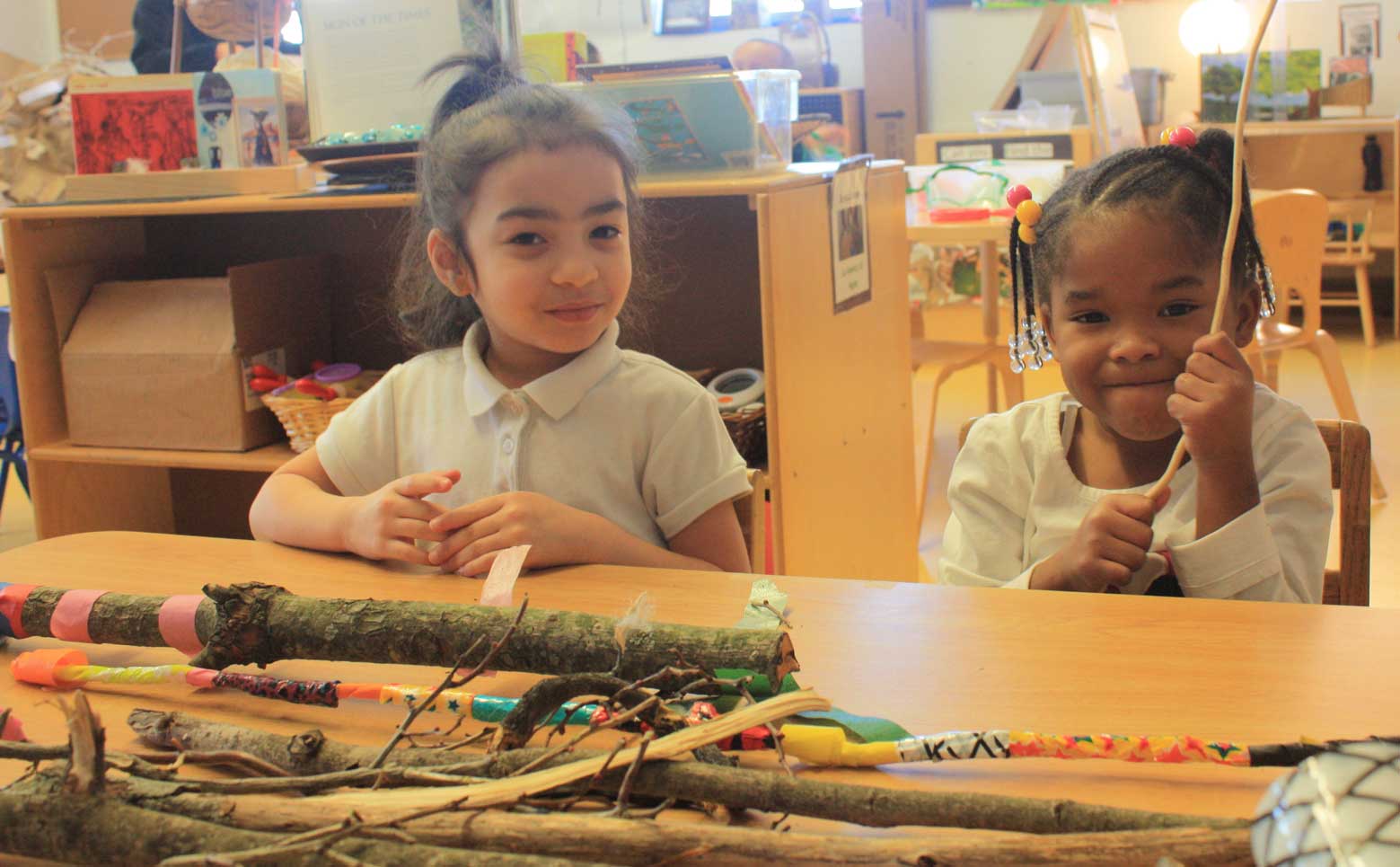
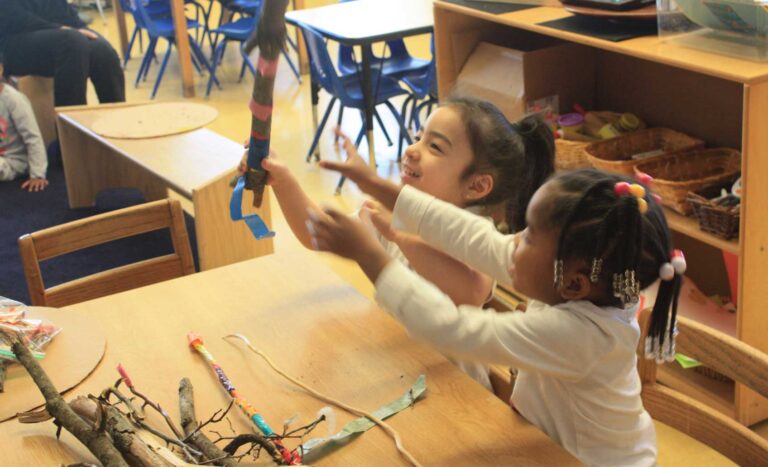
Process art helps children make connections, develop language skills, and meet learning benchmarks.
We know that a child’s development is never strictly by the books, nor is it always in a forward direction. Process art supports children’s development by providing multiple entry points into experiences, such that the child’s individual needs at that moment determine the learning that occurs for him or her. Armed with a thorough understanding of the learning taking place through these art experiences, Shandra can support her students’ development as she plans and structures these experiences.
Process art nurtures children’s social and emotional learning.
While process art helps develop cognitive and physical skills, it also supports children’s social and emotional learning. There was no shouting out, “Can I be done?” or “I can’t do it!” (How often have you heard that when your students are engaged in a product-focused art experience?). Process art help can help with behavioral skills, such as staying calm and focused. It ca also help children feel successful and capable, learn to work together and problem solve. Much of the artwork displayed was actually created by the class as a whole.
Help parents (and others) understand what the children gain from process art.
Shandra has found that she has had to do some educating of parents and professionals alike to help them understand the learning taking place through this approach to art. It is not quite as easily unpacked as a word wall or a monthly calendar on display. She knows her child development and district goals, though, and has no difficulty pointing out the standards addressed in a given art experience. For example, a child’s artwork could represent connections made to books, the language expressed by the child during the creation process, the math involved (geometry and counting the paint dots, shapes, etc.), the science of how the colors changed when wet materials interacted, and the fine motor skills that were practiced.
Click here to access sample language that helps bring greater understanding about the importance of employing process art in the classroom. Feel free to share with your students’ parents or guardians.
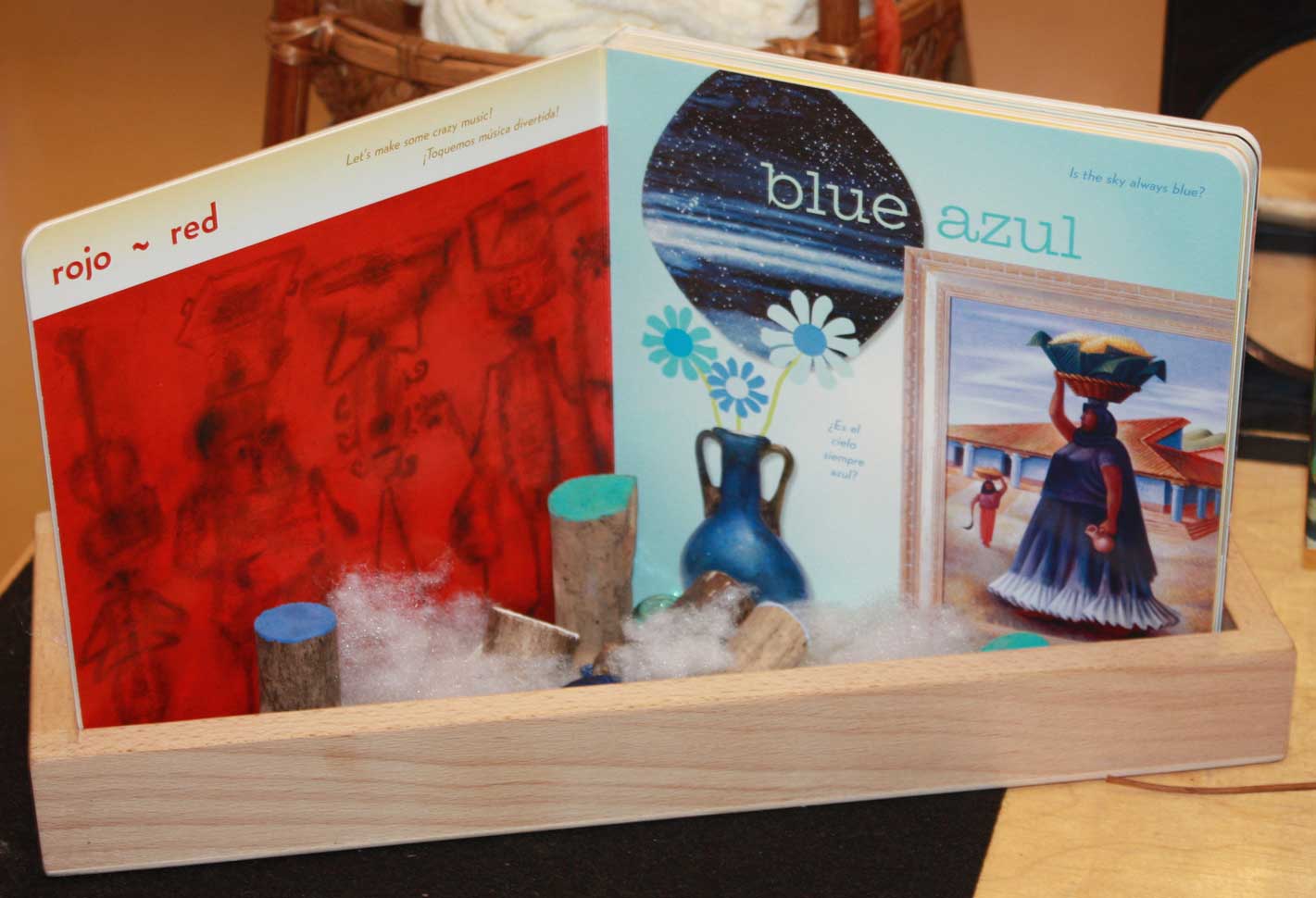
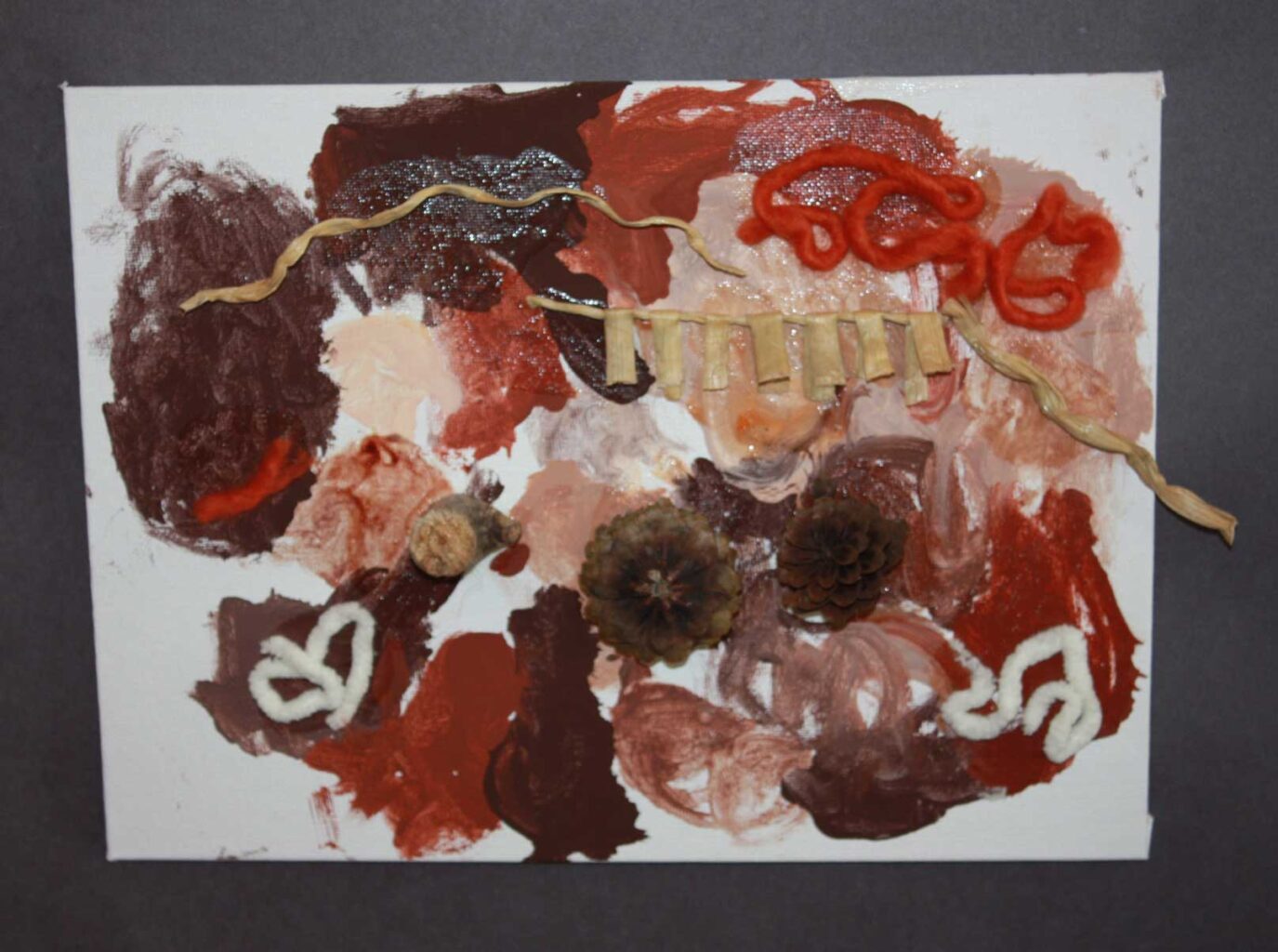
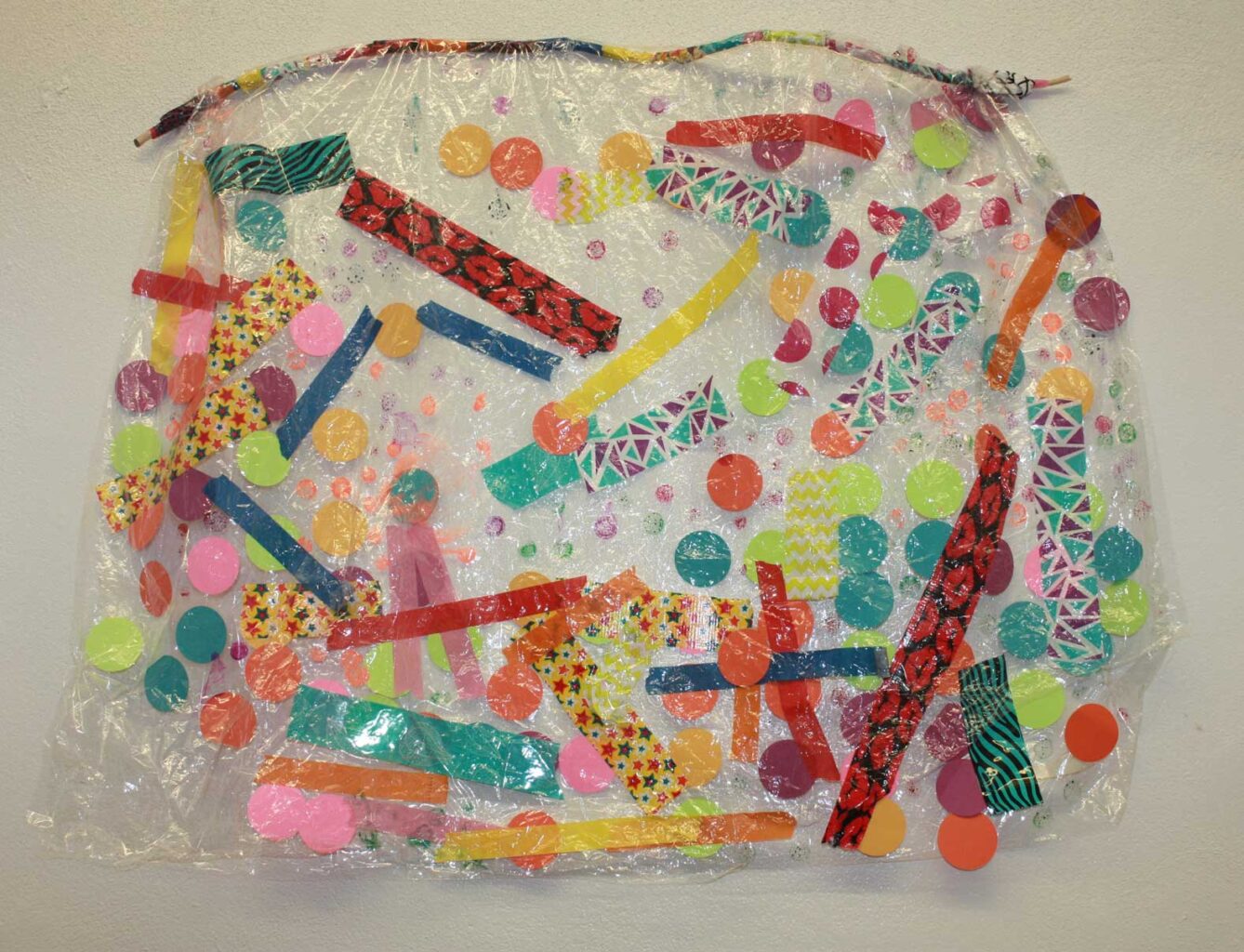
More from In My Classroom
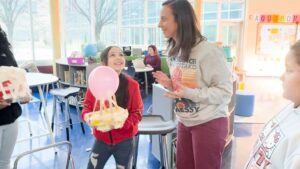
Watch Students Explore Gravity Concepts And Problem Solve through STEM
J.S. Martinez Magnet School’s STEM Resource Teacher Alyssa Granata-Basso welcomed Seedlings Educators Collaborative to observe students don their engineering hats in a hands-on problem-solving lesson exploring gravity. In teams, students designed, built, tested, and re-engineered a traveling vehicle to protect Alyssa’s friend “Eggbert” from the impact of landing.
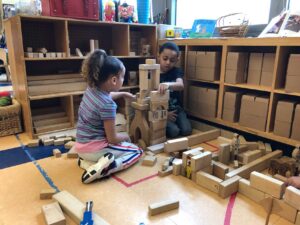
Reclaiming Kindergarten by Going Back to the Basics
As schools and districts place increasing emphasis on scores from high-stakes testing, teachers receive less autonomy in developing experiences and curriculum that engage students in meaningful learning. Over the course of one year, teachers revamped their kindergarten program, putting children’s development and interests in their rightful place as the centerpiece of curriculum by bringing play back into the classroom.
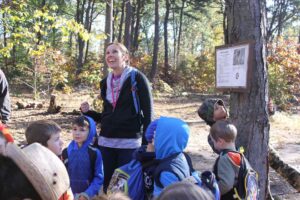
Jen Wilson’s Kindergartners Discover STEAM and Meaningful Connections in the Great Outdoors
Jen Wilson, kindergarten teacher at Cook Hill School in Wallingford, and the school librarian, Anna O’Brien, were awarded a grant from the Wallingford Education Foundation to develop a program they are calling KinderTinker. Jen and Anna are bringing the learning outside for extended free play and exploration, as well as structured STEAM-based activities that tie into the kindergarten science units.
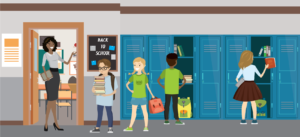
What should we expect from a 5th grader?
There are academic, behavioral and social-emotional benchmarks we expect of our general education students, no matter the year, but fifth grade, in particular, brings about new expectations as students move from lower elementary to more focused academic work, classroom transitions, and the need for organization and multitasking, among other important skills.

Animals in Winter: Student-Driven Learning to Explore Habitats
Jen Wilson’s kindergartners learn about shelter, safety, food through science, nature, math, engineering and reading.

Hug a Tree: A Framework for STEAM Learning
Hug a Tree: A Theme for STEAM Learning Seedlings Facilitator Julie Peterman took her students out to look at trees for a meaningful learning experience. One warm late winter morning, Julie Peterman’s 3-year old class at Conte West Magnet School to were introduced to Nyree Hodges, an educator at Common Ground Urban Farm and Environmental

Pingback: Meet our Seedlings Fellows! – Seedlings Educators Collaborative